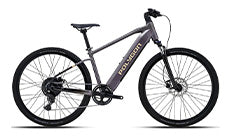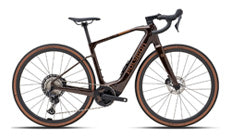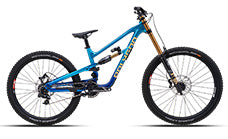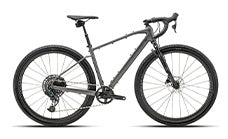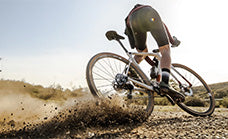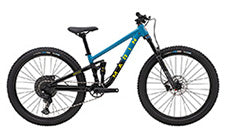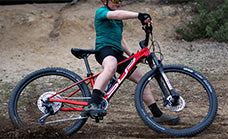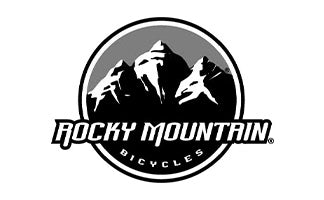Which bicycle riding style is right for me? MTB Or Road
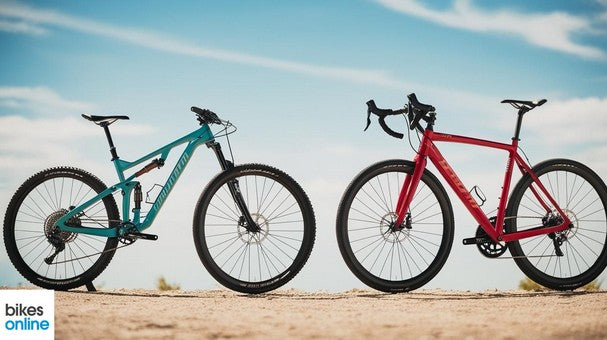
When it comes to choosing between a mountain bike (MTB) and a road bike, the decision can be quite daunting. Both types of cycles offer unique features and benefits that cater to different riding styles, terrain, and uses. But how do you determine which one is best for you? In this article, we will dive deep into the key differences between MTBs and road bikes to help you make an informed choice.
Understanding the basics: what sets them apart
Weight and components
The weight and components of a bicycle play a critical role in its performance. Road bikes are typically designed to be lightweight, ensuring they can achieve high speed and efficiency on paved surfaces. They usually have narrower tyres, minimalistic frames, and streamlined designs. Conversely, mountain bikes are built for durability and rugged terrains. Their frames are often heavier, with thicker tyres that provide better grip on off-road trails.
In addition to these differences, the parts used can also affect your overall riding experience. For example, MTBs come equipped with robust suspension systems to absorb shocks from rocky terrains. Meanwhile, road bikes feature stiff frames and forks that contribute to their agility and speed.
Tyres and suspension
Road bike tyres
One of the most noticeable distinctions between an MTB and a road bike lies in their tyres . Road bikes use narrow, smooth tyres that minimize rolling resistance, allowing for superior speed on flat, paved roads. These tyres typically measure around 23mm to 28mm in width and are inflated to high pressures.
This setup ensures maximum contact with the ground, offering stability at high speeds. However, it might not be suitable for rough or unpredictable surfaces where more traction is needed.
Mountain bike tyres
On the other hand, mountain bike tyres are designed for varied terrain. These tyres are wider, often ranging from 2.0 inches to as wide as 5.0 inches depending on the specific type of mountain biking. Wider tyres provide excellent grip and control on loose soil, rocks, and muddy paths. Additionally, they are inflated to lower pressures to enhance shock absorption.
The suspension system of MTBs further helps in navigating difficult terrains. Front suspension (hardtail) and full suspension (front and rear) options are available, each offering varying levels of comfort and control based on the rider's preference and the type of trail.
Handling and control
Terrain and uses
The intended terrain plays a significant role in determining whether a road bike or an MTB is more suitable for you. Road bikes excel in urban environments and long-distance rides on asphalt and concrete. Their geometry favors an aerodynamic position, reducing wind resistance and enabling faster speeds over long distances.
In contrast, mountain bikes are versatile machines engineered to handle rugged trails, steep inclines, and technical descents. The upright riding position provides better visibility and control, making it easier to navigate through obstacles and sharp turns.
Riding style
Your personal riding style is crucial in making the right choice. If you enjoy covering large distances swiftly and smoothly, a road bike might suit your needs. The focus is on maintaining speed and efficiency over long stretches without fatigue.
If adventure and exploring diverse landscapes excite you, then a mountain bike could be your perfect match. Whether it's downhill racing or cross-country missions, the capability of handling various challenges makes the ride exhilarating.
Benefits and drawbacks
Pros of road bikes
-
⭐ High-speed potential on flat surfaces
-
🛤️ Lightweight construction facilitating easy climbs
-
🚴♂️ Aerodynamic design enhancing overall performance
-
🏙️ Ideal for commuting and long-distance travel on paved roads
Cons of road bikes
-
❌ Limited versatility on rough terrains
-
💥 Less comfortable due to lack of suspension
-
🤕 Narrow tyres prone to punctures on uneven surfaces
Pros of mountain bikes
-
🌄 Superior handling on challenging terrains
-
💪 Robust build for absorbing shocks
-
👍 Versatile for both off-road and some level of on-road usage
-
⚡ Enhanced stability and control
Cons of mountain bikes
-
🌀 Heavier frame affecting speed on flat routes
-
🚵♀️ Less aerodynamic
-
🔧 Potentially higher maintenance due to complex suspension systems
FAQs: questions about choosing between mtb and road bike
How do I decide between an MTB and a road bike based on my location?
Your location greatly influences the suitability of either type of bike. If you live in an urban area with well-maintained roads and flat surfaces, a road bike would likely serve you better. However, if your environment includes trails, hills, and less predictable terrain, an MTB would be more appropriate.
Can I use a mountain bike for commuting?
Yes, a mountain bike can be used for commuting. Many riders prefer MTBs for their sturdy build and ability to handle potholes, curbs, and other city obstacles. Consider adding slick tyres for better performance on roads if commuting will be frequent.
Are road bikes good for fitness?
Absolutely! Road bikes are excellent for cardio workouts and endurance training. Their ability to cover long distances quickly while maintaining a consistent pace allows for extensive aerobic exercise. Riders can enjoy varied workout routines by incorporating sprints, hill climbs, and time trials.
What are the main considerations for choosing a bike based on riding style?
Consider your preference for speed vs. versatility. If you prioritize covering miles quickly and efficiently, go for a road bike. It’s ideal for speed and efficiency on flat terrain. Conversely, if you value exploration and tackling various types of trails, an MTB offers you more control and flexibility.


